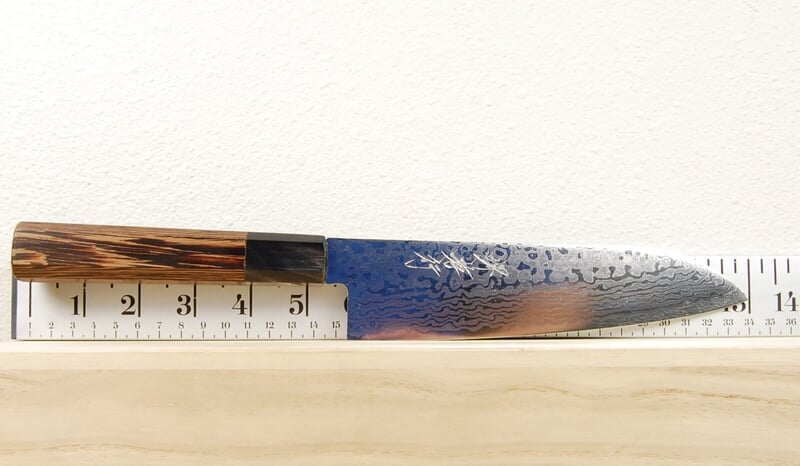

We tried to make both blades lock but did not have a good way to keep both rockers, being side by side, from interfering with the unlocking of the other. We had numerous complaints about the non-locking clip blade because of a strong expectation for the clip blade to be locking. The clip blade was a non-locking clip blade (110 style) and you were able to exchange a drop point locking skinning blade and a gutting blade. The Selector was originally introduced in a 2-bladed format. It's easily on par with some of the SAKs that feature small saw blades, though it lacks my favorite SAK feature. I've been pleasantly surprised to find that despite the interchangability of the blades, they each lock up securely with no more wobble than on most other lockbacks.įor my use, I'd prefer combining a more traditional 110 with a separate and longer folding saw, like a Sierra or Stanley, but for what it is, the Selector is pretty decent. On mine, I find that I basically just leave the clip blade in place all the time. Overall, though, it's a very competent, compact and inexpensive package that should well suit those with a need for these specific implements. Why Buck didn't go with a full length saw and gut hook escapes me. Aside from the notion of losing the blades, my only other negative comment is about the size of the saw relative to the handle. The Buck Selector's blades tuck into plastic sheathes that in turn tuck into the primary cordura sheath that houses the knife and the spare blades. Personally, I'd rather have all the blades stay in the handle of a multiblade, such as the Browning 600 Series, just because they're less likely to get lost that way. It's a good system, that has much merit for a hunter, and is very similar to previous designs by Case and Kershaw.

The Selector is essentially a lightweight plastic handled 110, that like you mention has interchangeable blades.

I've got one that I'm including in an ongoing series of tests of a whole variety of 110 pattern knives.


 0 kommentar(er)
0 kommentar(er)
